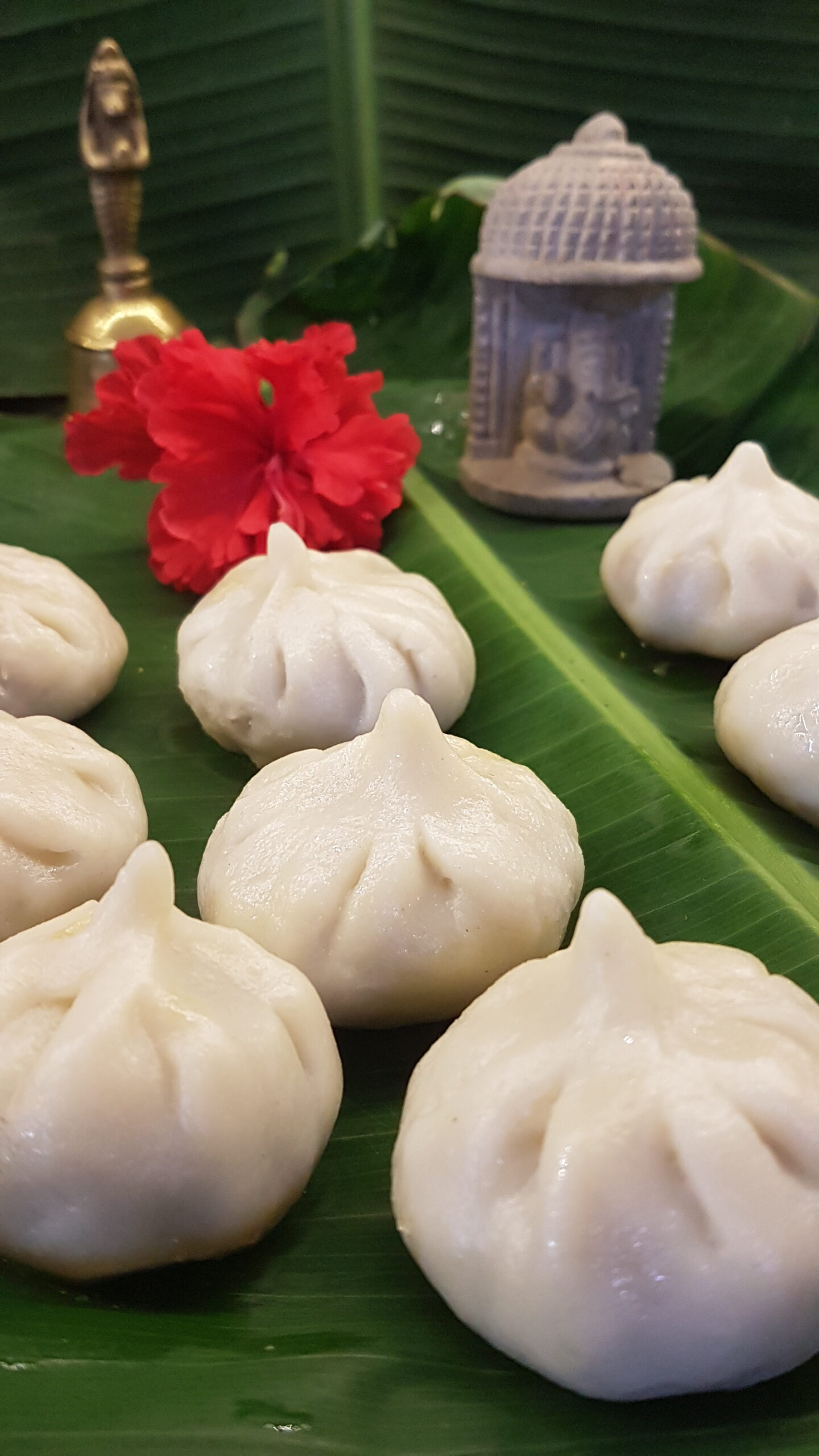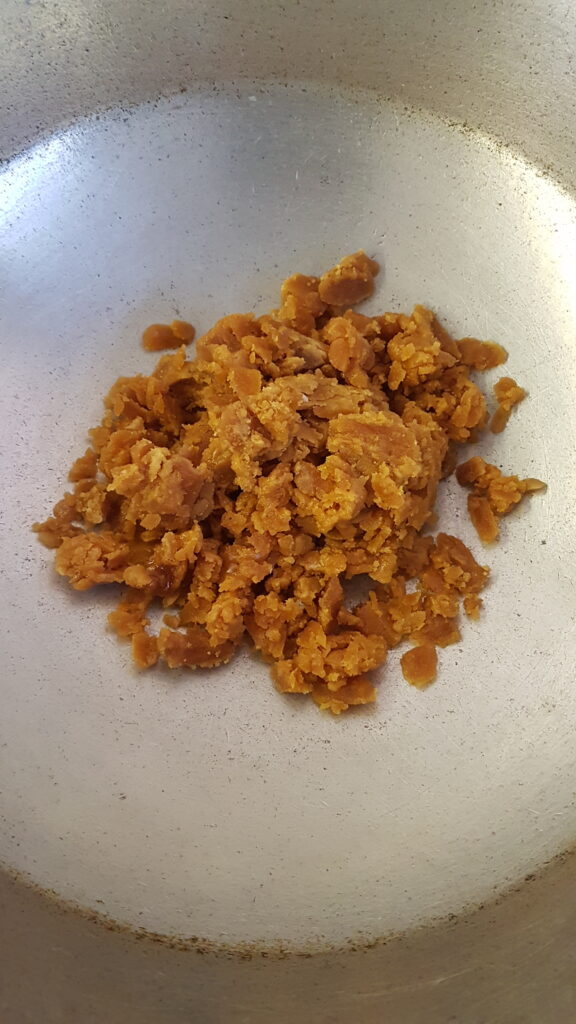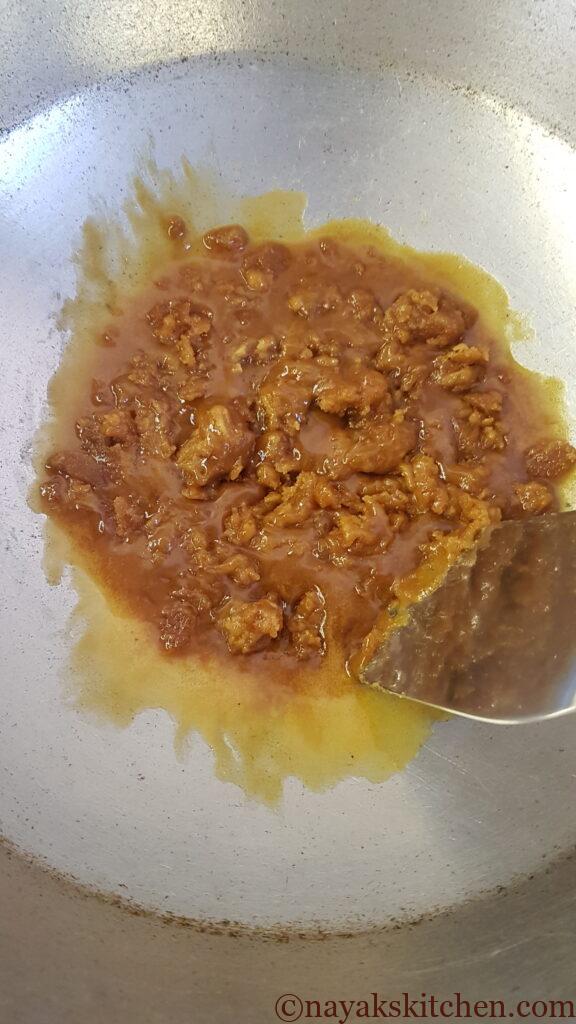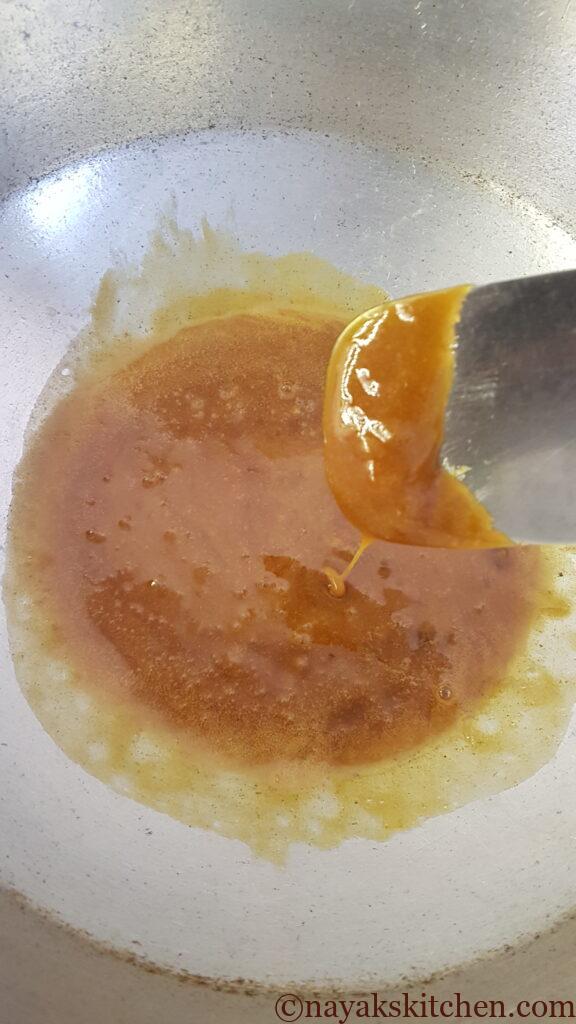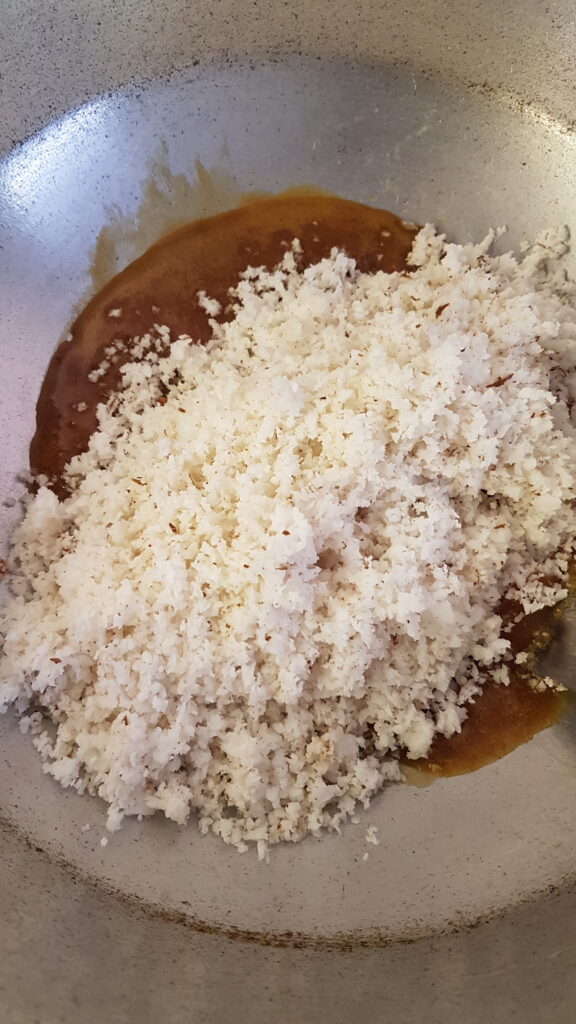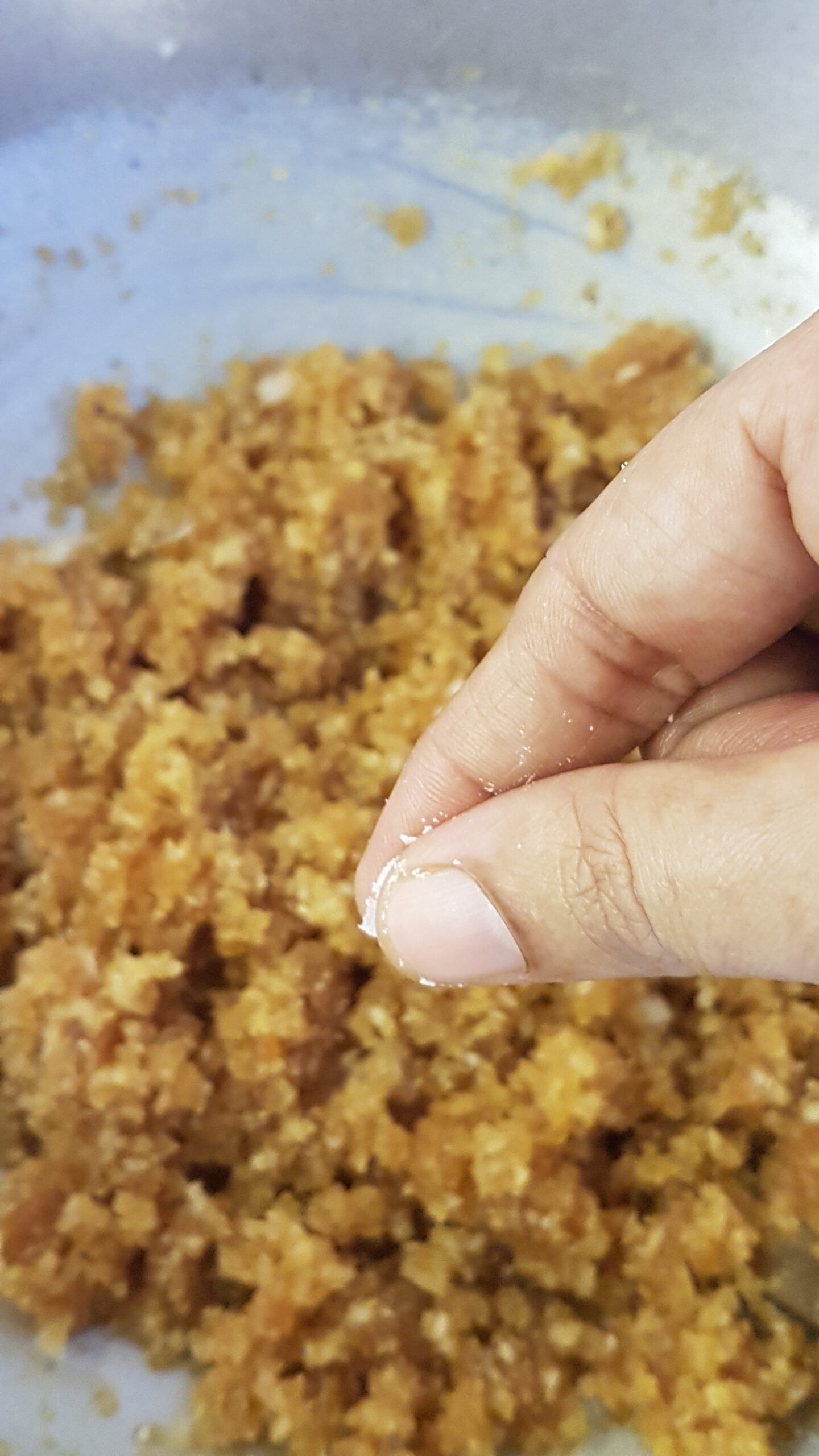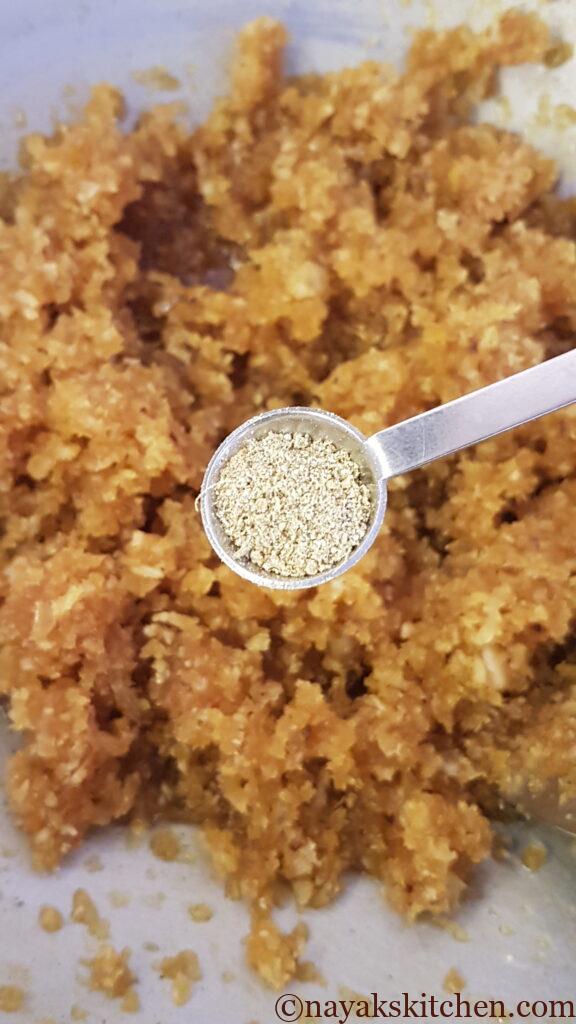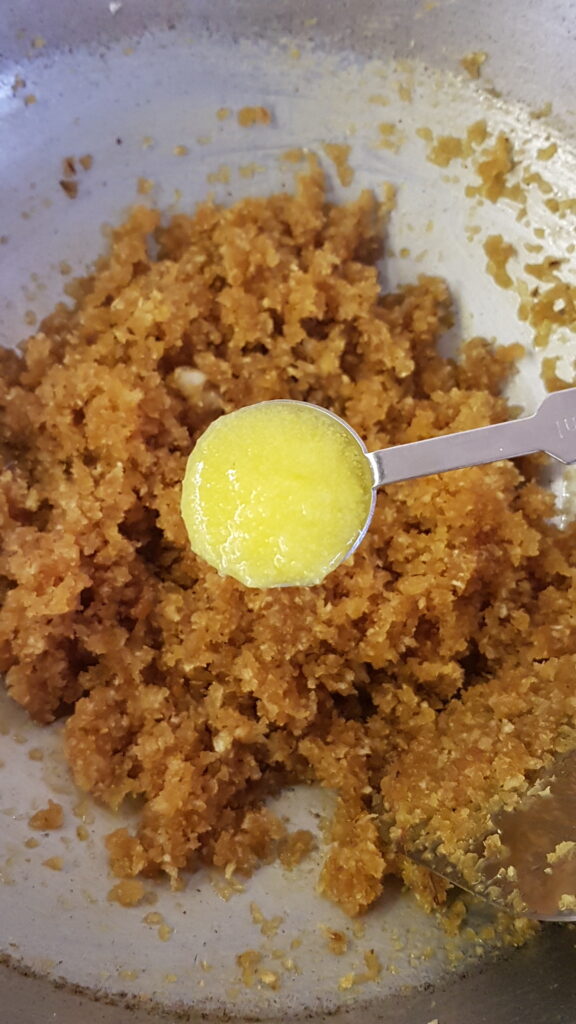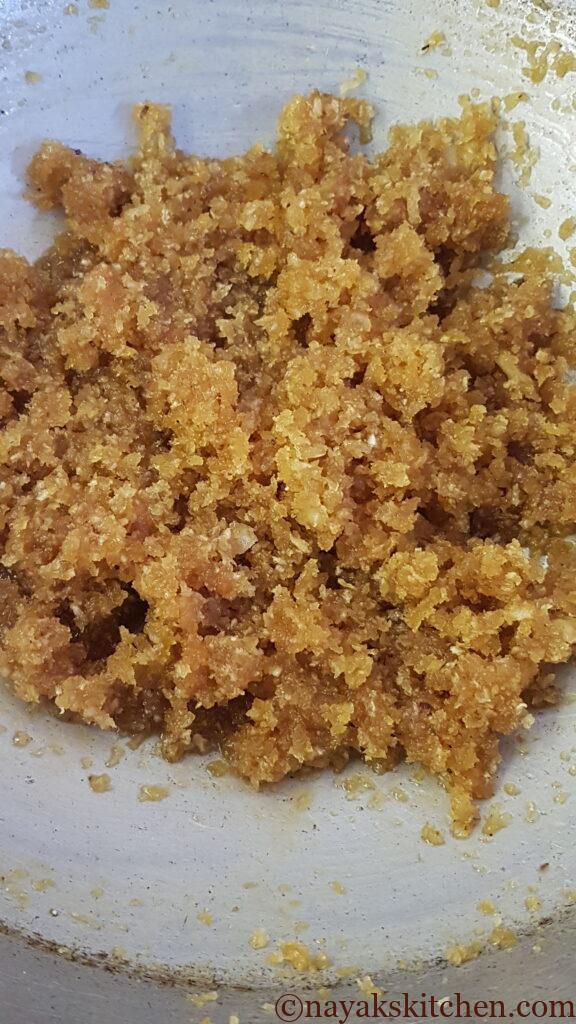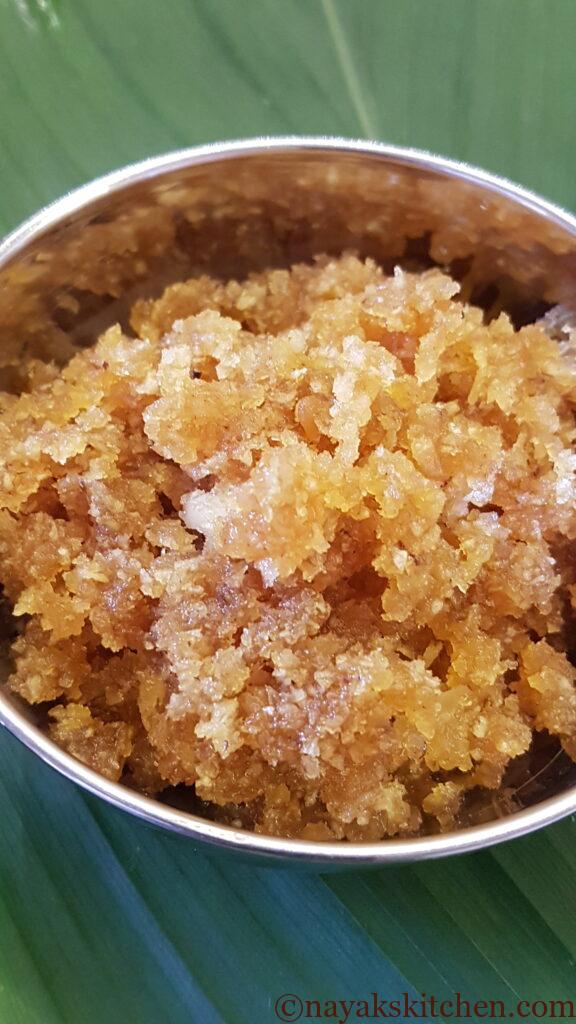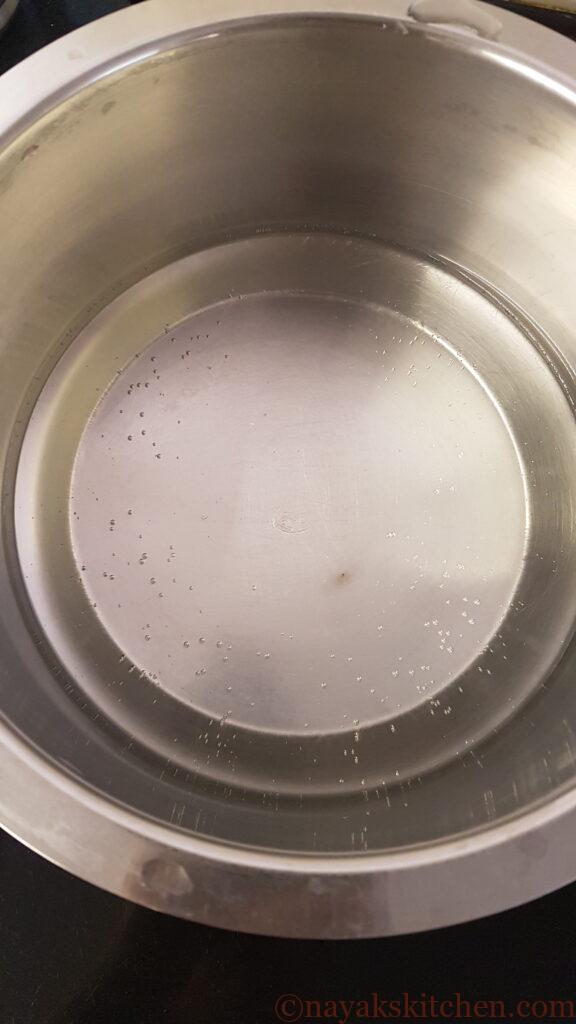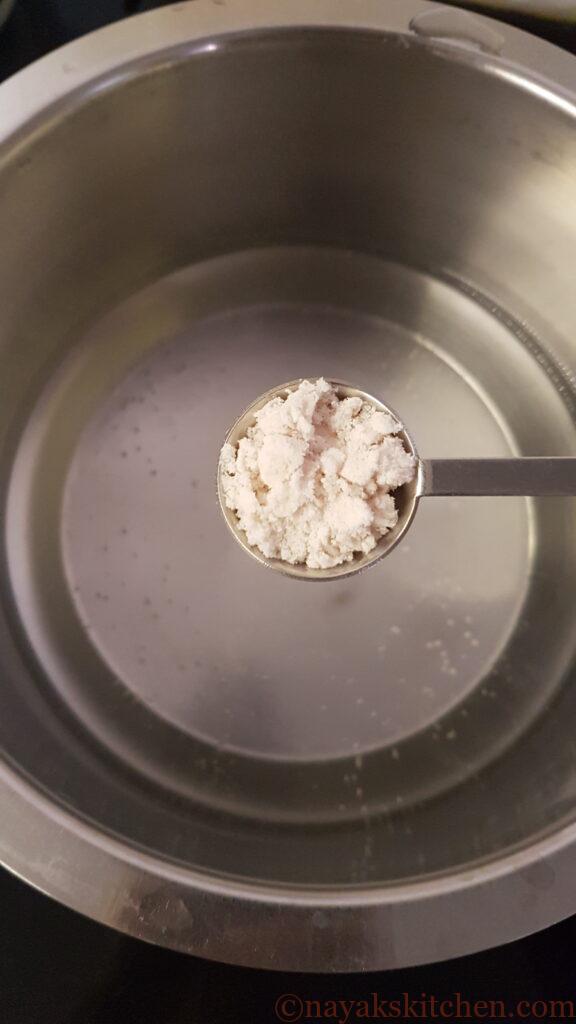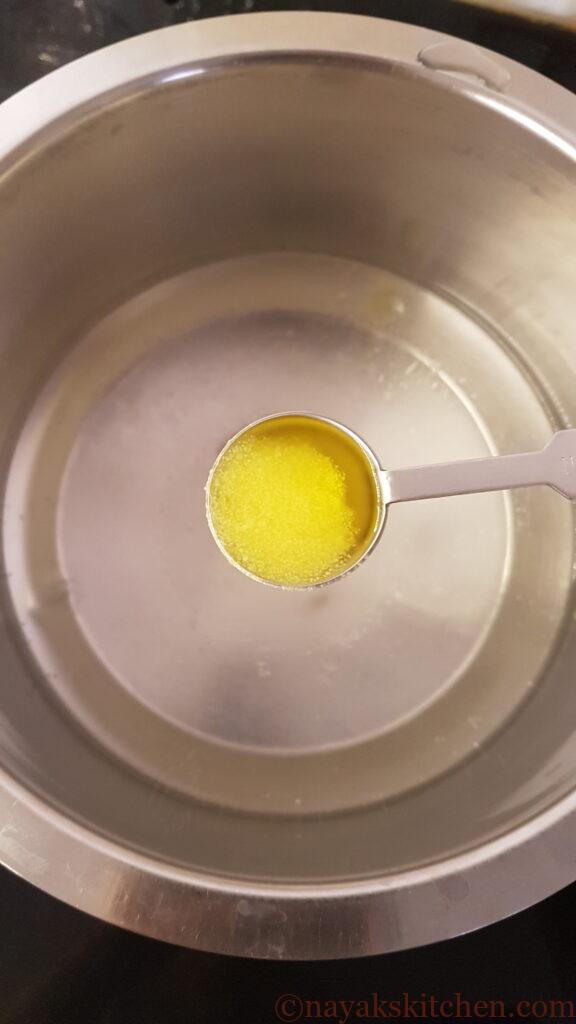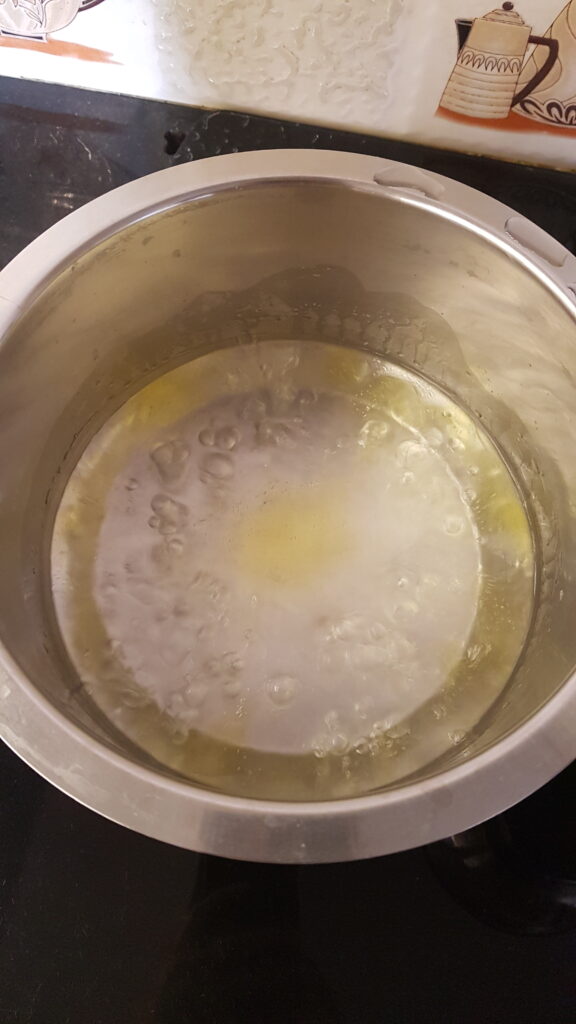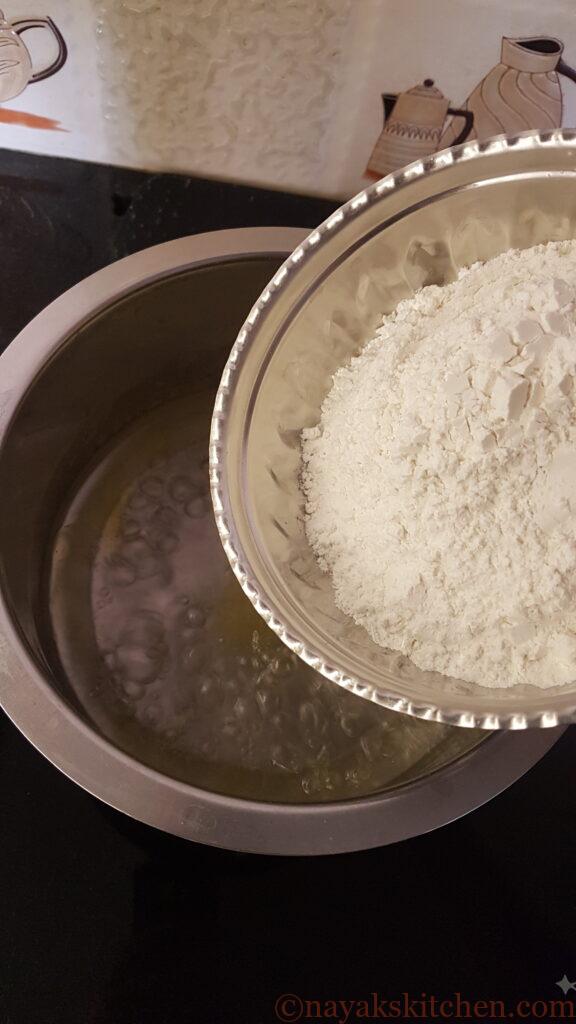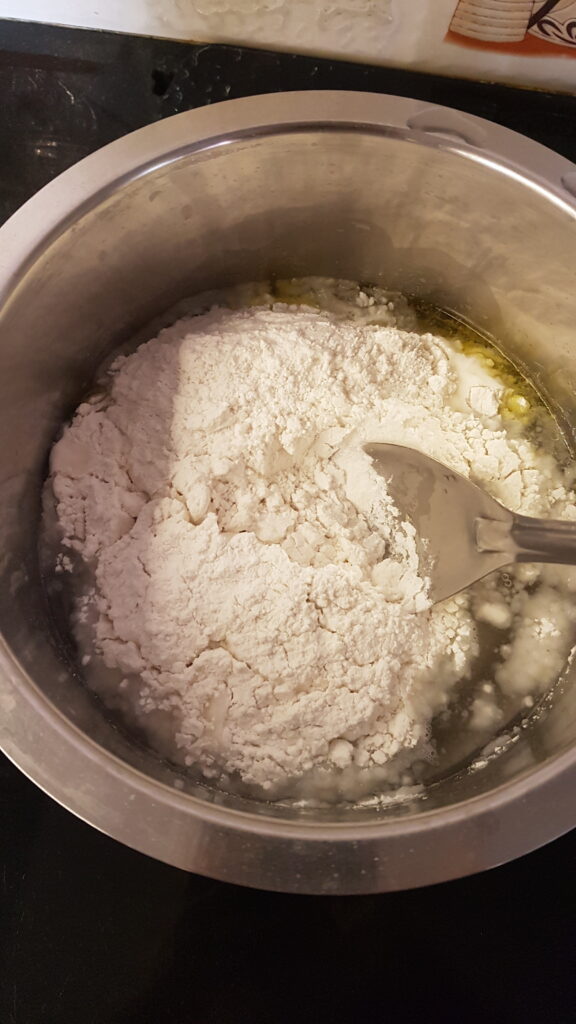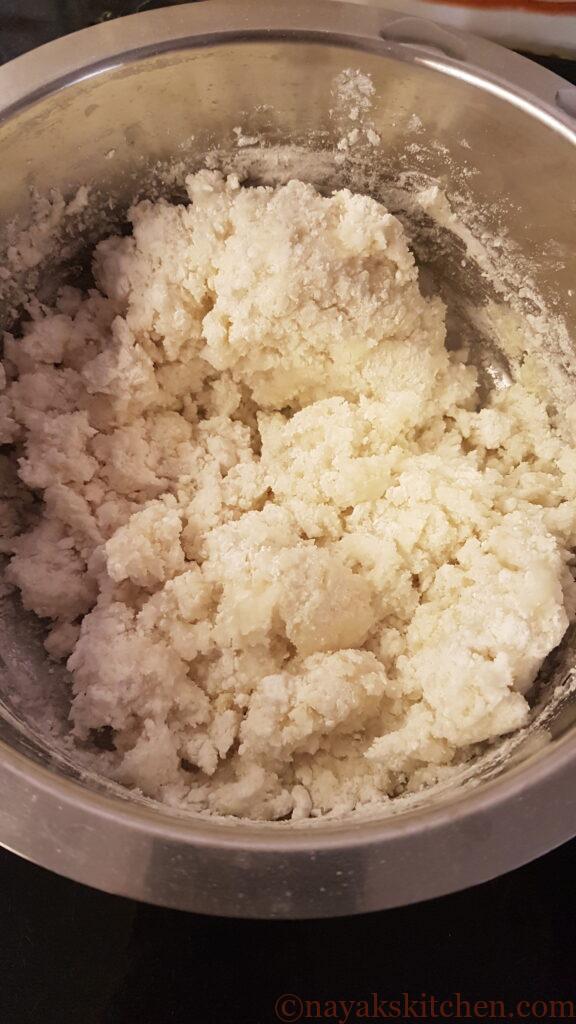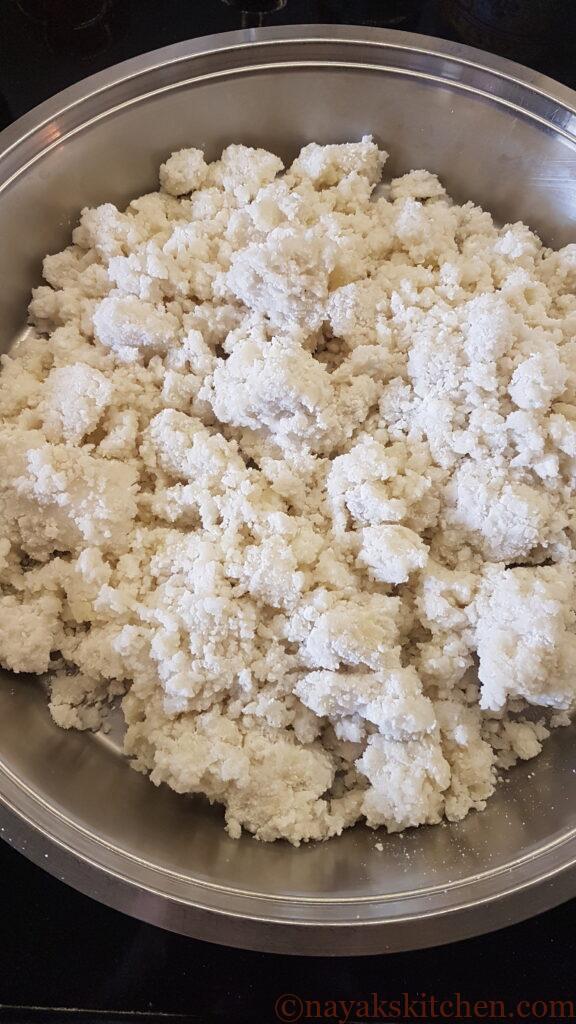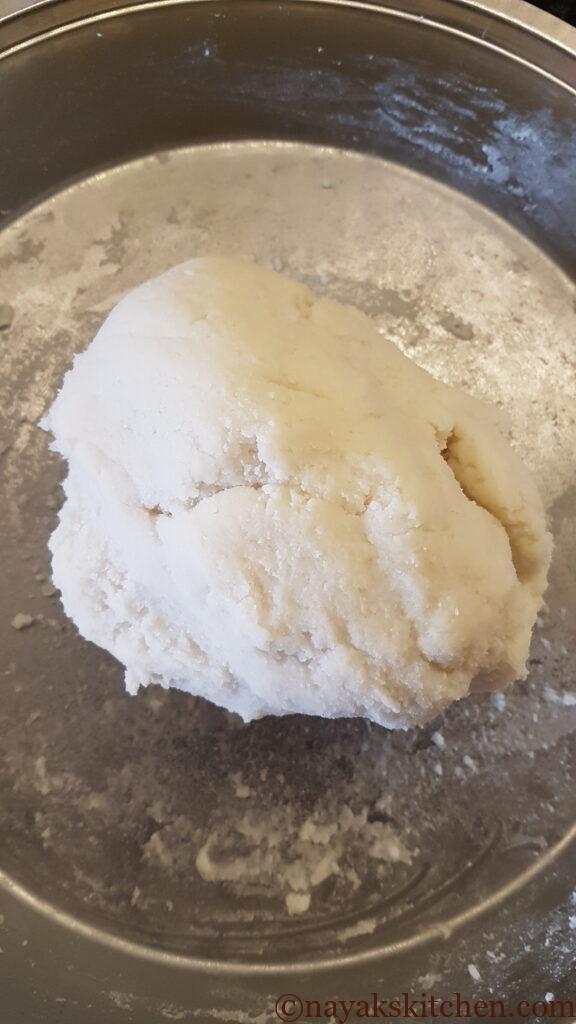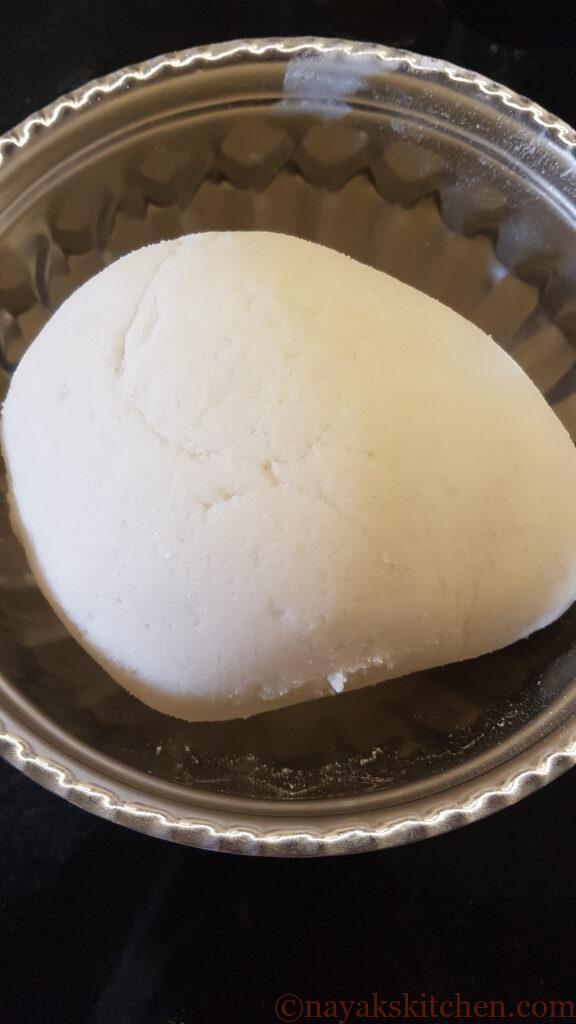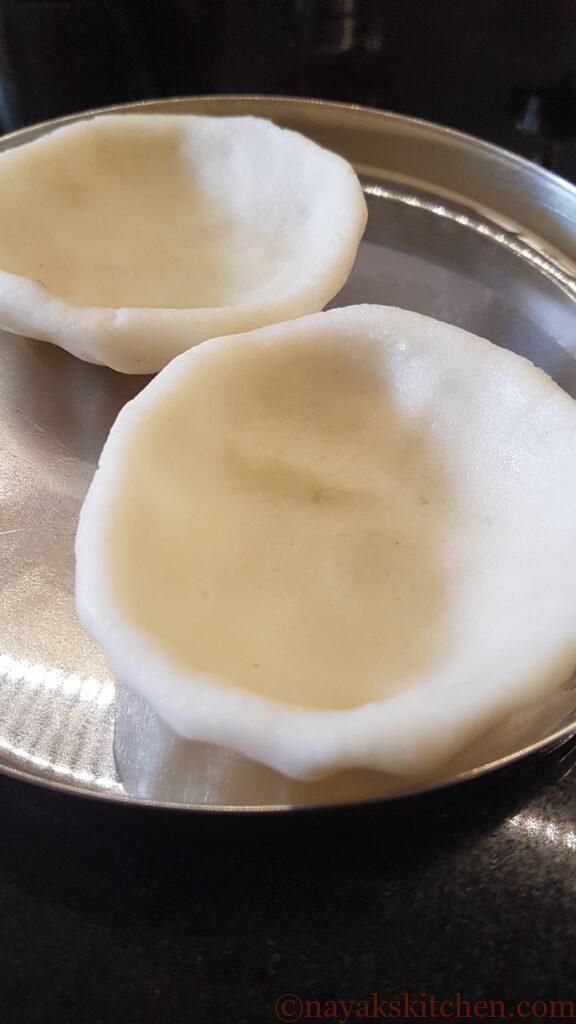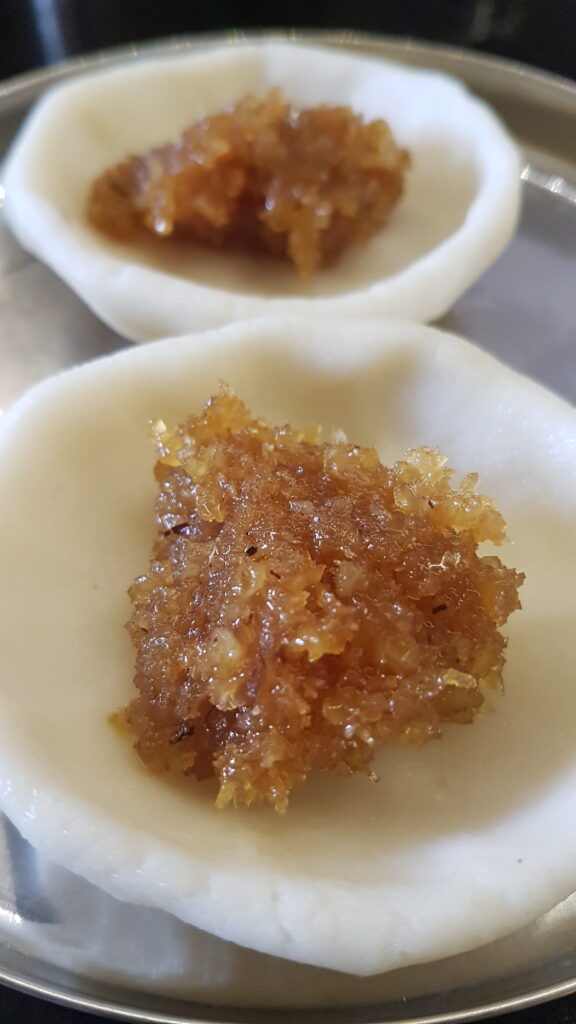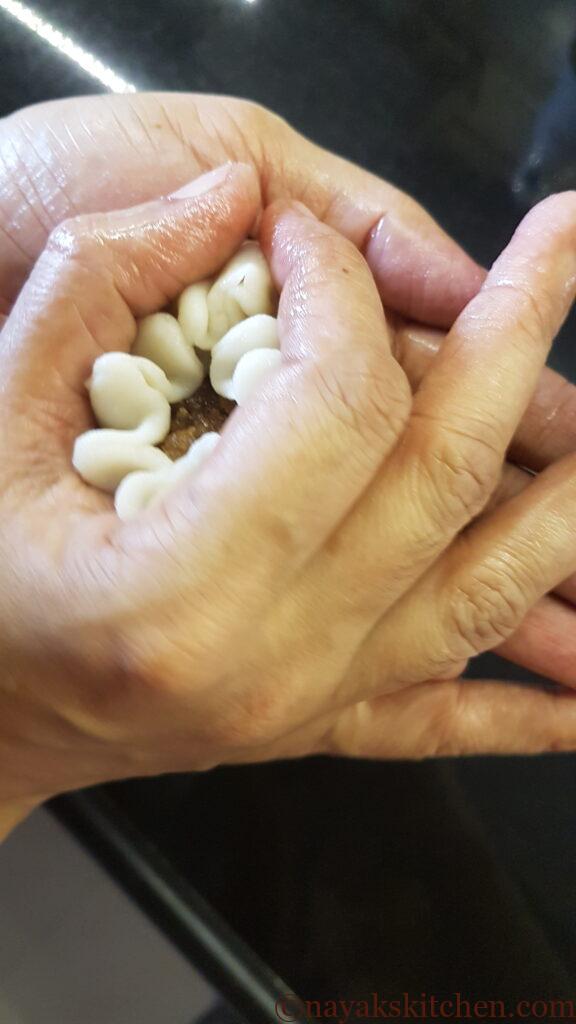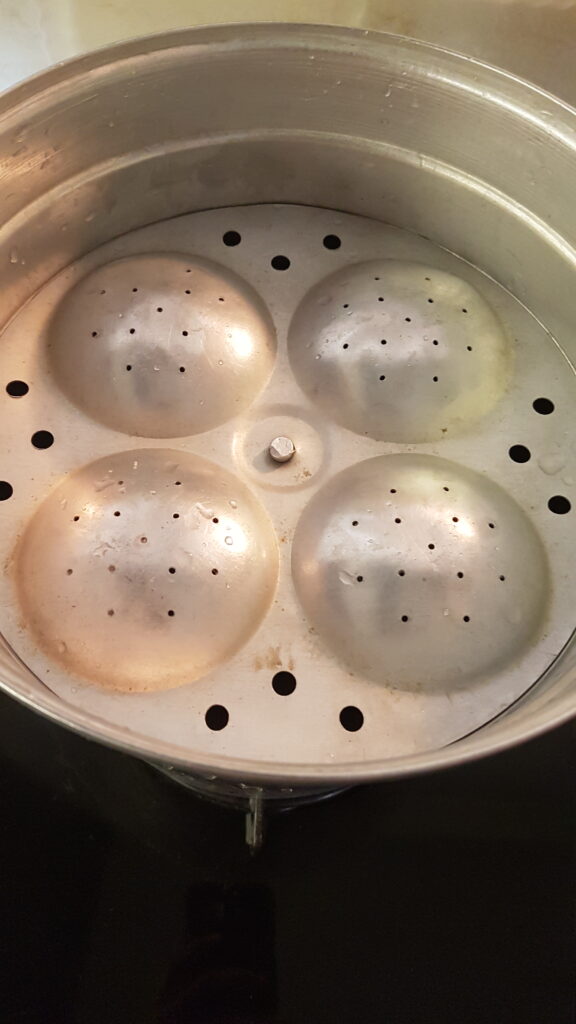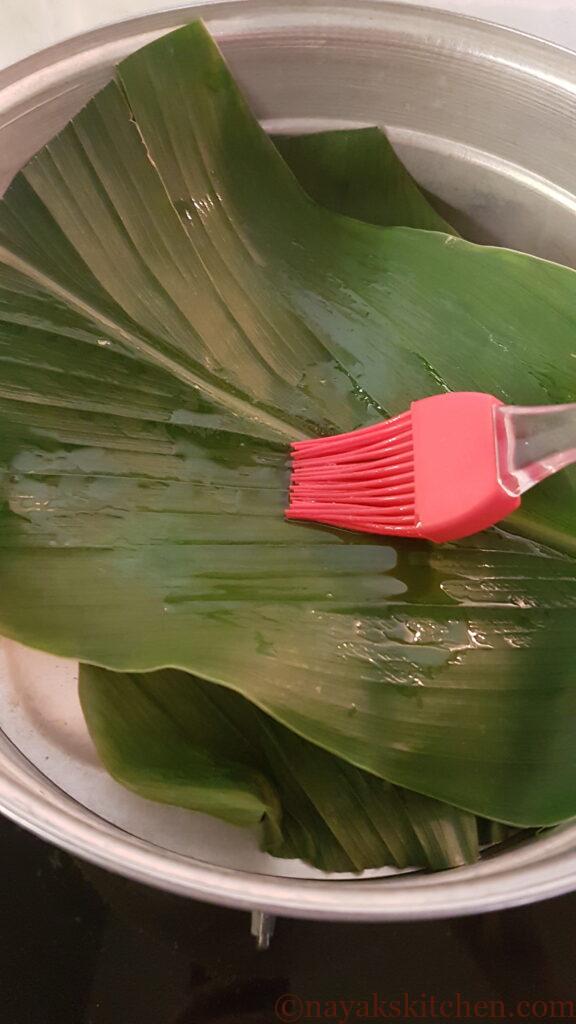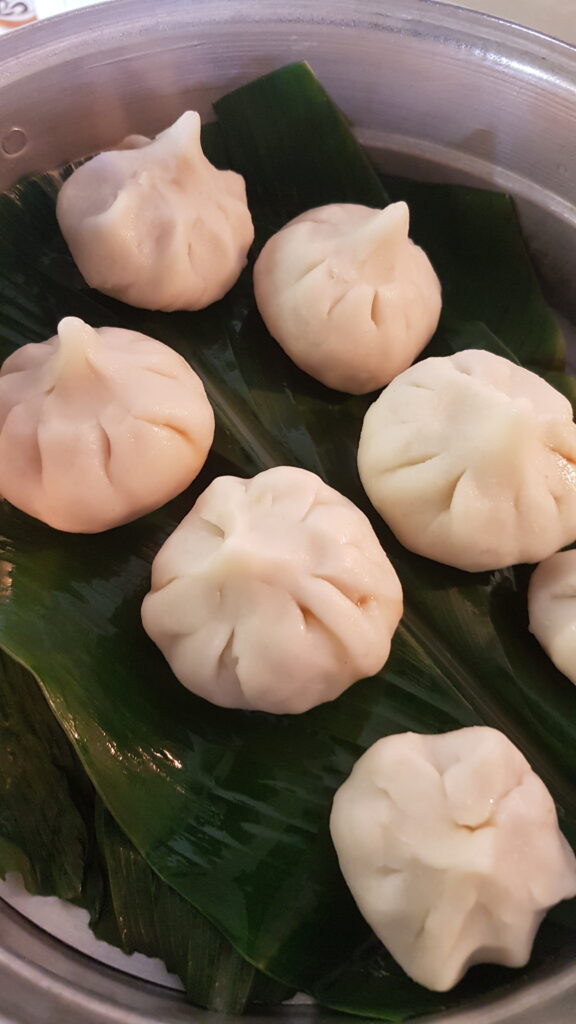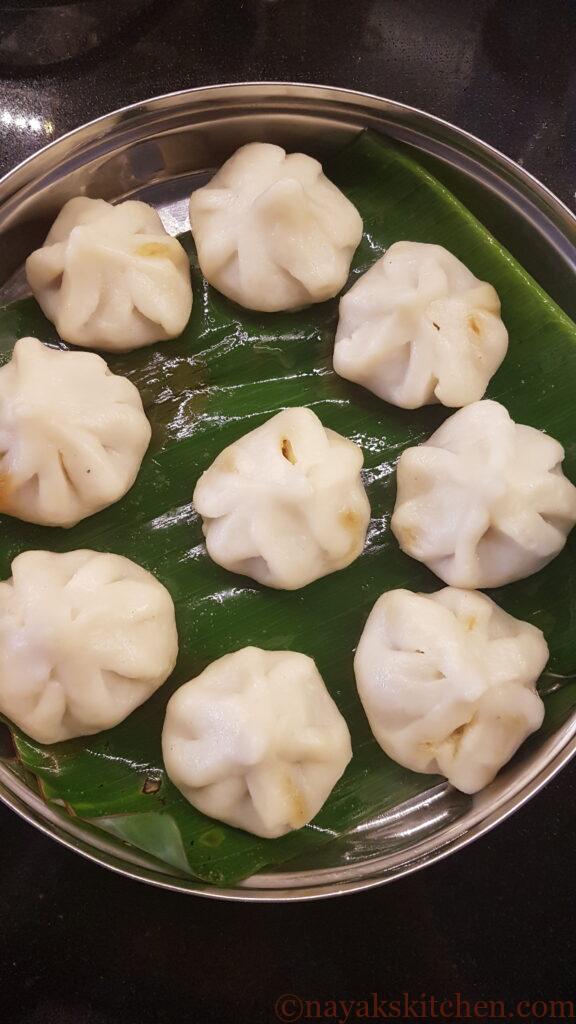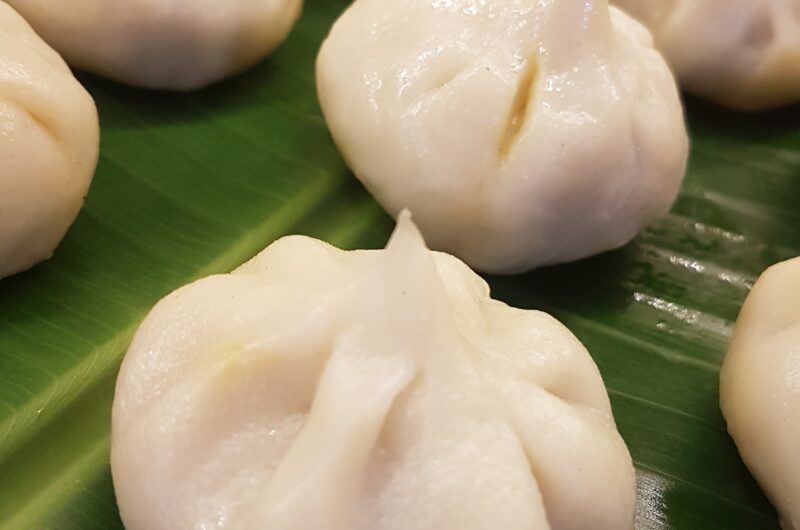Ukdiche Modak recipe with step-by-step photos and instructions.
Learn how to make delicious steamed modaks without using a mould.
Modak is Lord Ganesha’s favourite sweet. He is also known by the name ‘modakpriya‘ meaning the one who loves modaks. Hence a prasad or naivedhyam of 21 modaks is offered during festivals like Ganesh Chaturthi, Sankashti, Angarika etc. In fact, Lord Ganesha and Modak are synonymous to each other.
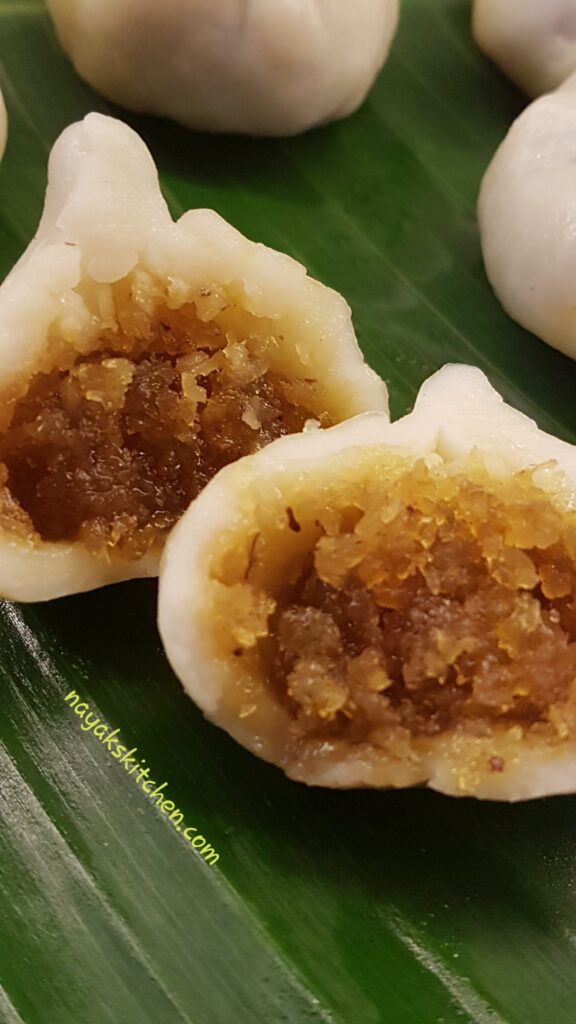
Amongst all festivals we revere Ganesh Chaturthi. The sheer grandeur of this festival make us look forward to it. The excitement and preparations begin weeks before the festival. Festivals and food go hand in hand. Come Chaturthi and we see all traditional delicacies being prepared. Khatkhate, Mooga Gathi, Mangane, Patoli, Tandlacho Payas (Rice Payasam) and yes the irresistible Modak!
Here is a list of Chaturthi recipes on my blog. Do try out.





What is a Modak?
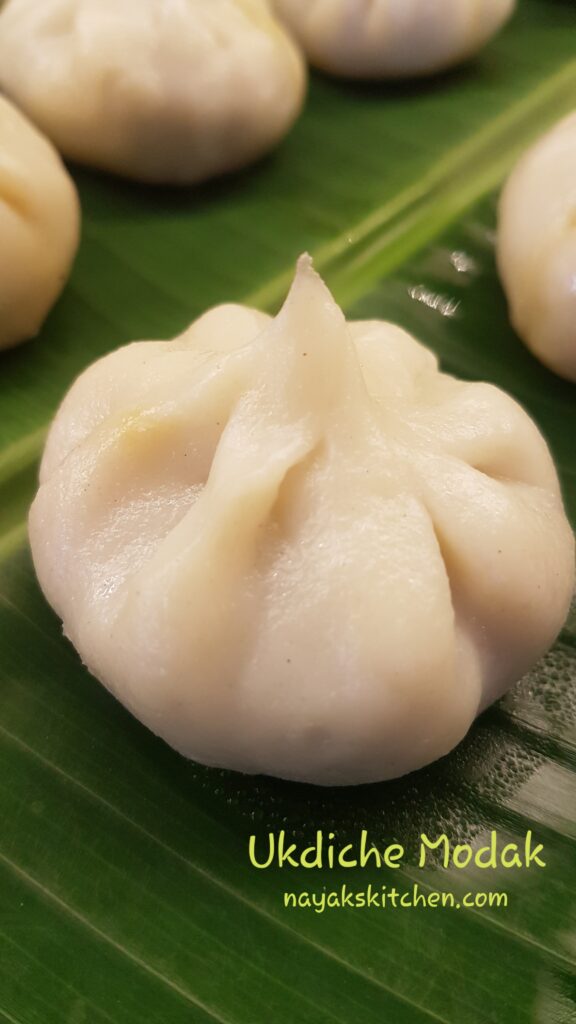
A modak is like a dumpling with an outer covering and a sweet inner filling. There is no English word for a modak. It somewhat resembles a momo with a sweet filling inside.
Types of Modaks
There are different types of modak depending on the outer covering and inner stuffing or filling. Primarily, there are 2 types of traditional modaks. They are:-
- Ukdiche Modak (Steamed Modak)
- Talille/Talniche Modak (Fried Modak)
Both are popular varieties and taste equally good. Lets get to know a little more about them.
Ukdiche Modak (Steamed Modak)
The word ukdiche means ‘steamed’. Thus ukdiche modak are steamed rice flour dumplings with a coconut-jaggery filling inside. These are a healthier version than the fried modaks as they are steamed.
Talille/Tallele Modak (Fried Modak)
The word talille means ‘fried’. Fried modak have an outer covering made of wheat flour and a coconut-jaggery filling. Also, there are many other types of fillings, for eg; chana dal (chickpeas)-jaggery filling.
A similar replica of modak is the ‘Patoli’. A patoli is also made using rice flour and a stuffing of coconut and jaggery. However it is done on a turmeric leaf and steamed. Patoli is made on the occasion of Nag Panchami and Harthalika or Tay (one day prior to Ganesh Chaturthi).
To know more about the patoli and its recipe do check out the link below:
Tips to prepare ukdiche modak
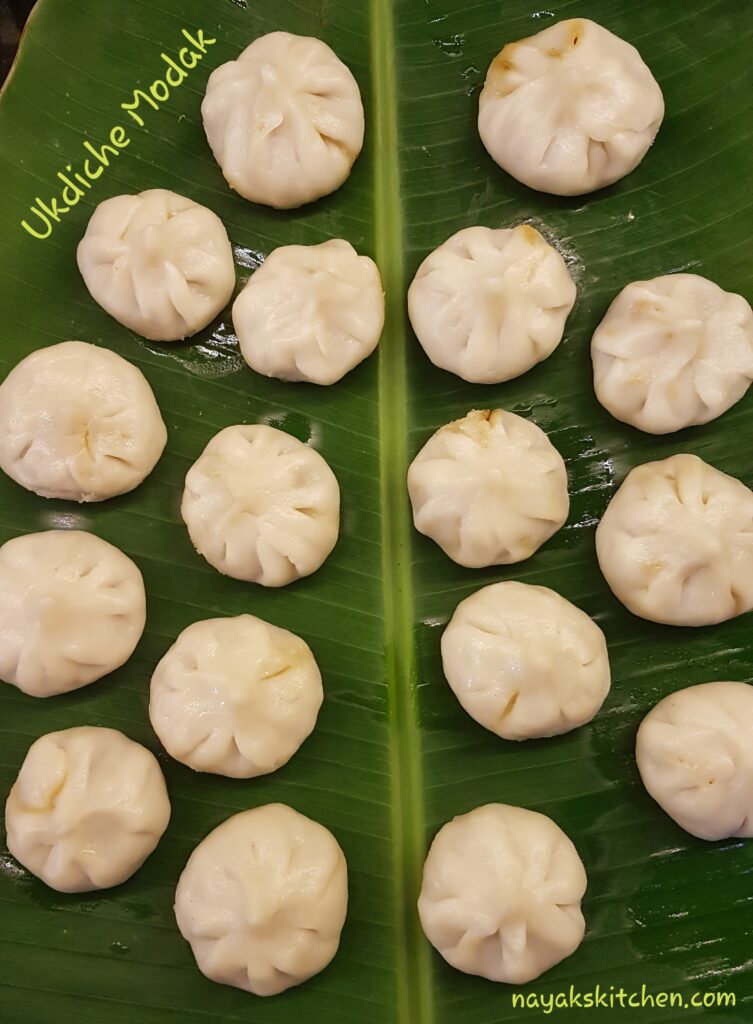
- Rice Flour – ‘Ambemohar’ rice flour is the best for ukdiche modak. It is recommended for its aroma and quality. Ambemohar which literally means ‘mango blossom‘ is a fragrant rice variant which has a strong and distinct aroma. This rice flour is used to prepare ‘patoli‘ also. It has a slight sweet taste. To prepare Ambemohar rice flour; wash the rice and drain the water completely. Let the rice dry. This may take around 24 hours. Then grind this rice in a flour mill and use it further in the recipe. You can use readymade Ambemohar rice flour too. The rice flour has to be fine to get soft modaks. Sift the flour if required.
- Rice flour to water ratio – The ratio should always be 1:1. However the quality of rice flours may vary. Hence the quantity of water may slightly differ. If your dough turns out sticky add a little rice flour and knead again. On the other hand if the dough looks dry add a little warm water and knead well. Hence adjust water proportions accordingly.
- Dough – If the dough texture is not right, shaping the modaks can be a bit tricky and difficult. The dough has to be kneaded really well. The dough should be smooth and there should be no cracks. If your modaks cracked after steaming and the jaggery oozes out it is because the dough was not kneaded properly.
- Coconut – Use freshly grated coconut for best results. (Note: If you do not have fresh coconut you can use desiccated coconut)
- Jaggery – You can adjust jaggery as per taste. But using the proportions given in the recipe will give you juicy and melt-in-the-mouth modaks.
- Stuffing/Filling – Do not overcook the stuffing as it turns hard.
- Handmade/Mould – Traditionally modaks are handmade. However, moulds are now available in the market. I will be showing you how to make modaks, without a mould, with perfect pleats.
- Drying – If you are making many modaks, cover the modaks and dough with a moist cloth to prevent drying and cracking of the dough.
How to prepare ukdiche modaks?
Preparing the Filling/Stuffing for ukdiche modak
- Grate coconut and chop jaggery into small pieces.
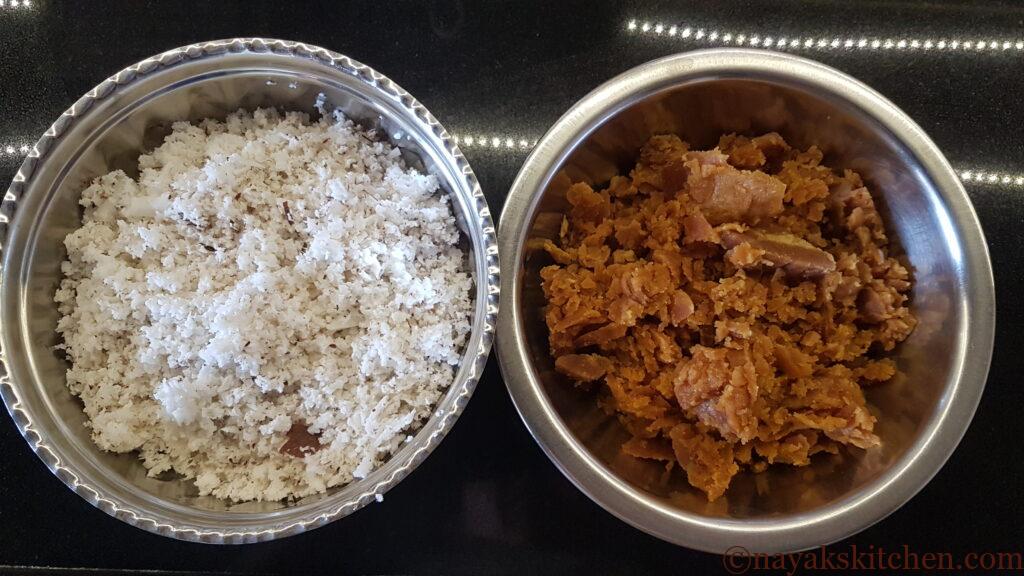
2. Take the jaggery in a kadhai (pan) and heat it. Allow it to melt. Once the jaggery melts add the coconut.
3. Mix the coconut and jaggery well. Add a pinch of salt and cardamom powder. Add a teaspoon of ghee.
4. Mix everything well and cook till the moisture evaporates. Do not overcook as the jaggery will harden and your filling will become hard.
Preparing the dough for ukdiche modak
- Take water in a deep bottomed vessel. Add salt and ghee. Allow the water to come to a rolling boil.
2. Once the water starts boiling, slowly add the rice flour. Keep stirring continuously to prevent forming lumps.
3. Switch off the gas and keep the dough covered. Allow it to cool a bit.
4. Take the dough in a large plate with a rim (paraat). While the dough is warm, knead it well.
5. Knead the dough till you get a smooth and soft texture. Roll the dough into balls of desired size till you get a smooth surface. There should be no cracks.
Shaping the modaks without a mould
- Now make a dent with your thumb in the centre of the ball. Start shaping the ball like a cup or bowl as shown. You can use ghee or oil while shaping. Note: Keep the centre part thick and edges slightly thin. Place a little filling at the centre.
2. Pinch the edges and form pleats with gentle pressure on the dough. Finally, gather the pleats carefully.
3. Using your palm and fingers close the modak. Remove any extra dough from the top and taper it as shown below. (Note: If you are making many modaks cover the modaks and dough with a moist or damp cloth to prevent drying and cracking of the dough.)
Steaming the Modaks
1. For steaming I have used an idli steamer. You can use a regular steamer too. Add water at the bottom of the steamer. Place the plate of the idli steamer upside down. Line the plate with turmeric leaves. You can also use banana leaves or a soft cotton cloth (muslin cloth).
2. Brush the leaves with a little ghee. Place the modaks in the steamer keeping sufficient gaps in between them.
3. Steam the modaks for 15-20 mins on a medium-low flame.
4. Drizzle a little ghee over the modaks and offer to Lord Ganesha.
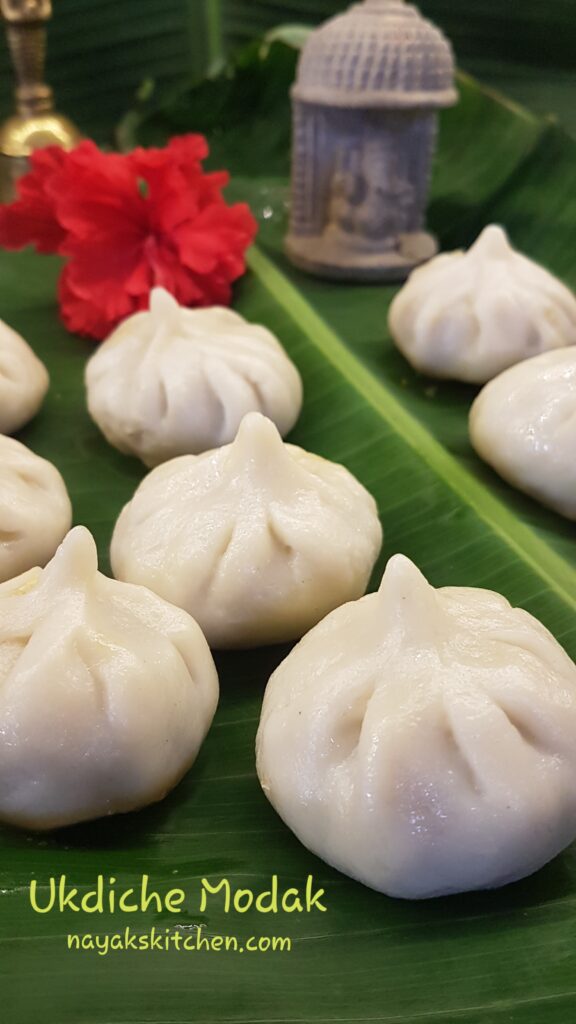
May you receive the blessings of Lord Ganesha!
Ukdiche Modak (Steamed rice dumplings with coconut-jaggery stuffing)
Course: Sweets, NaivedhyamCuisine: Goan, MaharashtrianDifficulty: Difficult11
modaks15
minutes25
minutes40
minutesA modak is a dumpling with an outer covering made of rice dough and a sweet inner filling of coconut and jaggery.
Ingredients
1 cup = 250 ml
1 tbsp = 15 ml
1 tsp = 5 ml
- For the dough
Rice Flour – 1 cup
Water – 1 cup
Ghee – 1 tsp
Salt – 1/2 tsp
- For the filling
Coconut – 1 cup (freshly grated)
Jaggery – 1 cup
Salt – a pinch
Ghee – 1 tsp
Cardamom powder – 1/2 tsp
Directions
- Preparing the filling
- Grate coconut and chop jaggery into small pieces.
- Take the jaggery in a kadhai (pan) and heat it. Allow it to melt. Once the jaggery melts add the coconut.
- Mix the coconut and jaggery well. Add a pinch of salt and cardamom powder. Add a teaspoon of ghee.
- Mix everything well and cook till the moisture evaporates. Do not overcook as the jaggery will harden and your stuffing will become hard.
- Preparing the dough
- Take water in a deep bottomed vessel. Add salt and ghee. Allow the water to come to a rolling boil.
- Once the water starts boiling, slowly add the rice flour. Keep stirring continuously to prevent forming lumps.
- Switch off the gas and keep the dough covered. Allow it to cool a bit.
- Take the dough in a large plate with a rim (paraat). While the dough is warm knead it well.
- Knead the dough till you get a smooth and soft texture. Roll the dough into balls of desired size till you get a smooth surface. There should be no cracks.
- Shaping the modaks
- Now make a dent with your thumb in the centre of the ball. Start shaping the ball like a cup or bowl as shown. You can use ghee or oil while shaping. Note: Keep the centre part thick and edges slightly thin. Place a little filling at the centre.
- Pinch the edges and form pleats with gentle pressure on the dough. Finally, gather the pleats carefully.
- Using your palm and fingers close the modak. Remove any extra dough from the top and taper it as shown below. (Note: If you are making many modaks cover the modaks and dough with a moist or damp cloth to prevent drying and cracking of the dough.)
- Steaming the modaks
- For steaming I have used an idli steamer. You can use a regular steamer too. Add water at the bottom of the steamer. Place the plate of the idli steamer upside down. Line the plate with turmeric leaves. You can also use banana leaves or a soft cotton cloth (muslin cloth).
- Brush the leaves with a little ghee. Place the modaks in the steamer keeping sufficient gaps in between them.
- Steam the modaks for 15-20 mins on a medium-low flame.
- Serve the modaks hot with a tsp of ghee.
Notes
- Rice Flour – You can use any rice flour for the modak recipe. However to get soft modaks ‘Ambemohar’ rice flour is the best.
- Rice flour to water ratio – The ratio should always be 1:1. However the quality of rice flours may vary. Hence the quantity of water may slightly differ. If your dough turns out sticky add a little rice flour and knead again. On the other hand if the dough looks dry add a little warm water and knead well. Hence adjust water proportions accordingly.
- Dough – If the dough texture is not right, shaping the modaks can be a bit tricky and difficult. The dough has to be kneaded really well. It should be smooth and there should be no cracks. If your modaks cracked after steaming and the jaggery oozes out it is because the dough was not kneaded properly.
- Coconut – Use freshly grated coconut for best results. (Note: If you do not have fresh coconut you can use desiccated coconut)
- Jaggery – You can adjust jaggery as per taste. But using the proportions given in the recipe will give you juicy and melt-in-the-mouth modaks.
- Stuffing/Filling – Do not overcook the stuffing as it turns hard.
- Handmade vs Mould – Traditionally modaks are handmade. However, moulds are now available in the market. You can use a mould to make modaks.
- Drying – If you are making many modaks, cover the modaks and dough with a moist or damp cloth to prevent drying and cracking of the dough.
